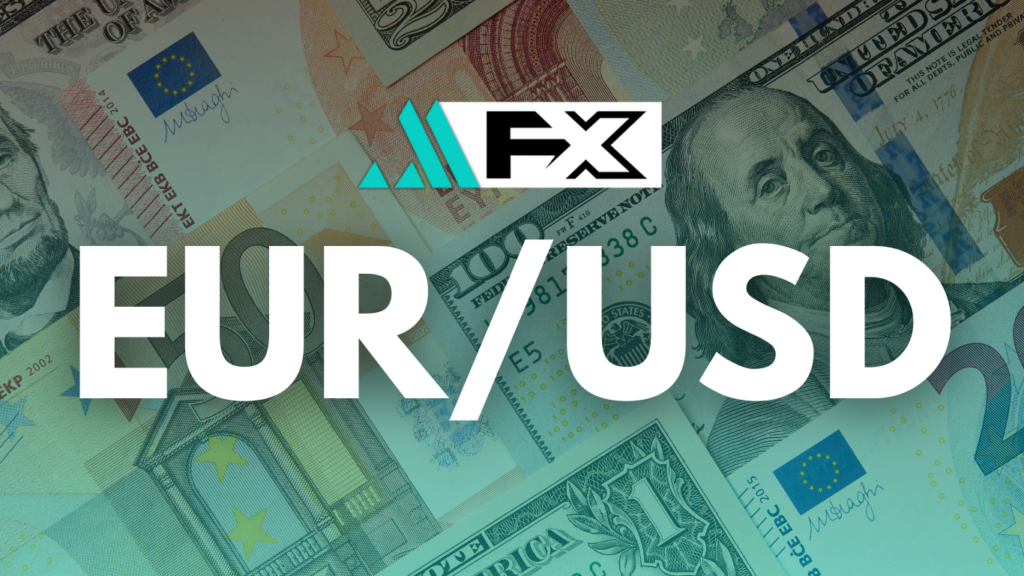The euro edged higher on Monday, with EUR/USD stabilizing near 1.1400, as a softer U.S. dollar and easing trade tensions lifted sentiment. The currency pair rallied more than 3.5% last week, briefly topping 1.1470, its highest level in over three years.
Monday’s movement came as the U.S. dollar struggled for demand, pressured by recent tariff relief and dovish speculation ahead of Federal Reserve commentary. Despite minor technical corrections, EUR/USD remained supported, with the Relative Strength Index (RSI) above 70, signaling overbought conditions.
The euro’s rally was underpinned by optimism over U.S. tariff policy. Last week, President Trump’s administration announced exemptions for several Chinese technology imports—smartphones, laptops, and disc drives—relieving markets that feared deeper economic strain.
However, risks remain. Commerce Secretary Howard Lutnick confirmed that new tariffs on semiconductors and other electronics are expected within two months, keeping global uncertainty elevated.
Key Levels to Watch in EUR/USD
Technical momentum favors the euro, but price action suggests possible consolidation. Traders are eyeing these critical levels:
Resistance:
- 1.1400 – Psychological and static level
- 1.1470 – Multi-year high
- 1.1500 – Round number resistance
Support:
- 1.1340 – Minor static level
- 1.1300 – Key round number
- 1.1250 – Previous consolidation support
With limited economic data early in the week, market sentiment and technical trends are likely to steer EUR/USD near term.
Fed Commentary Could Shift Momentum
Attention now turns to a series of speeches from Federal Reserve policymakers scheduled for Monday. The market currently sees only a 20% probability of a 25-basis-point rate cut in May, according to the CME FedWatch Tool.
Should Fed officials express caution or highlight persistent inflation risks, the U.S. dollar may regain some traction, potentially capping the euro’s recent rally.
Contributing to the improved sentiment, U.S. stock index futures rose between 0.9% and 1.8% in European morning trading. Investors appear to be welcoming temporary relief on tariffs while staying alert to new developments from both the Fed and the White House.
As the week unfolds, traders will be watching for clues on monetary policy direction, inflation guidance, and updates on the U.S.-China trade front—factors likely to shape EUR/USD’s next significant move.


